Heartburn
acid reflux / heartburn exercises
Body Part:
Chest
Equipment:
Osteopressure Tool
Level:
Beginner
Heartburn
Body Part:
Chest
Equipment:
Osteopressure Tool
Level:
Beginner
Heartburn. That after-dinner agony that feels like a volcano in your chest. If a painful burning sensation in your chest and throat follows your meals, our 2-step 5-minute routine may be able to help relieve heartburn. All you need is the spherical handle with the soft pointed attachment from our Osteopressure tool set. If you don’t have our tool, try using a cork that’s similar in shape. Jump to our routine to extinguish the fire, or keep reading to learn more about heartburn.
Heartburn is a burning pain in the middle of your chest, behind your breastbone (sternum) and in your throat. Although you feel the pain in your chest, it’s actually occurring in your esophagus.
Heartburn is caused by stomach acid traveling back into the esophagus.
After we swallow a mouthful of food or a sip of a beverage, the digestive journey begins. The substance moves into our esophagus (also known as the food pipe), a muscular tube that transports foods and liquids to our stomach. Whatever we’ve just swallowed travels down our esophagus thanks to gravity and muscle contractions. The esophagus has two ring-shaped muscles called sphincters. The muscles relax to open so substances can pass through, then tense to close. The upper esophageal sphincter (UES) is located where your throat meets the esophagus, and the lower esophageal sphincter (LES) is where your esophagus meets the stomach.
Your lower esophageal sphincter protects your esophagus from gastric fluid flowing backwards. 1) If the LES is weak or not working correctly, gastric fluid that’s supposed to stay in the stomach can flow backflow into the esophagus. This is called acid reflux, and it causes heartburn.
Heartburn can last anywhere from a few minutes to a few hours. It depends on what and how much you’ve eaten. Large or fatty meals that take longer to digest can prolong heartburn. Heartburn usually goes away when you’ve finished digesting.
If you experience heartburn twice a week or more, you may have gastroesophageal reflux disease (GERD).
Yes. Stay away from the following heartburn trigger foods and drinks:
Caffeine makes many of us think of coffee and soft drinks. If you’re suffering from heartburn, it’s important to remember that chocolate, some chocolate-flavoured foods, green teas, and many energy drinks also contain caffeine.
Heartburn commonly occurs after eating a big meal, overeating, or eating late at night. Symptoms are:
You may be at risk of heartburn if:
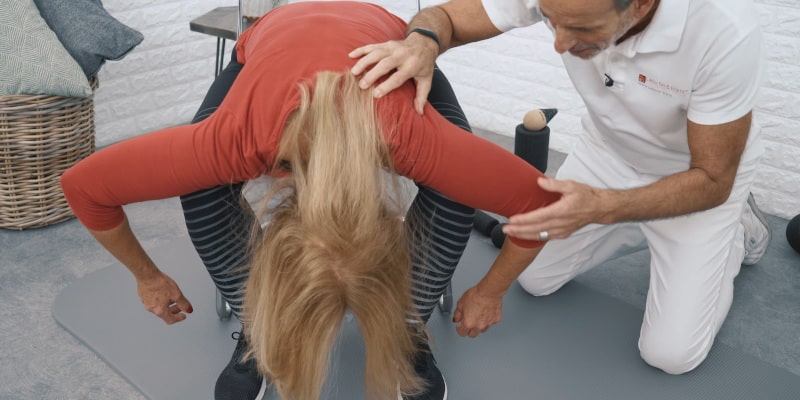
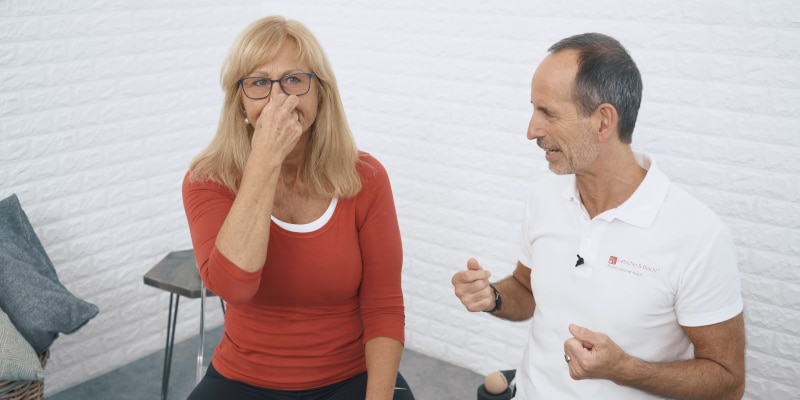
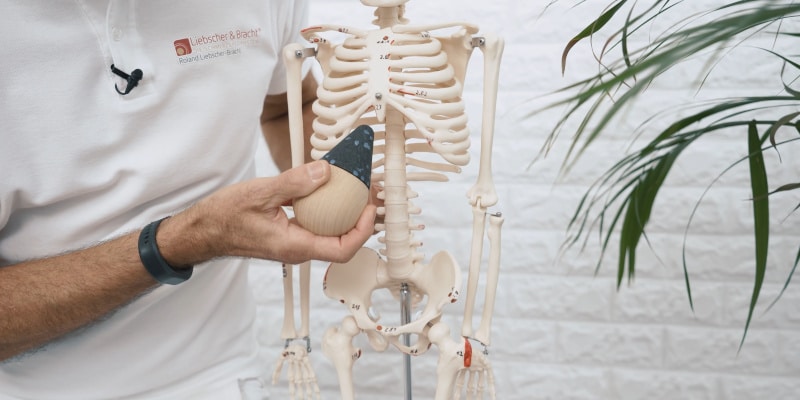
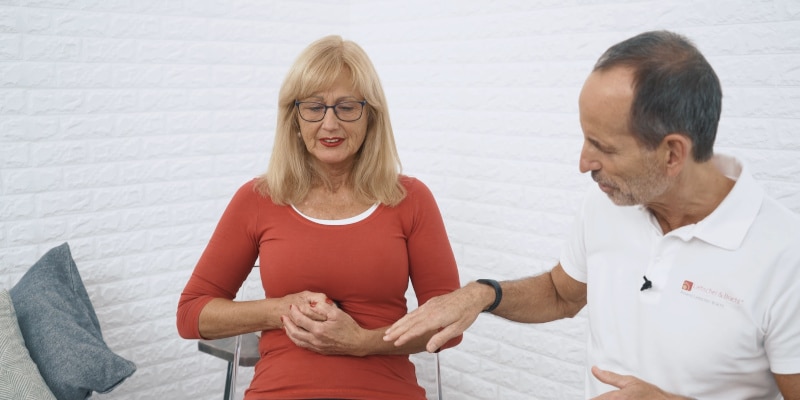
For this exercise, you’ll need the spherical handle with the soft pointed attachment from our Osteopressure tool set. If you don’t have our tool, use a whittled cork.
Do our heartburn exercises once in the morning and once in the evening.
You can help reduce your risk of heartburn by maintaining healthy body weight, avoiding overeating, and eating late at night or before bed.
Please see your doctor if you experience frequent heartburn (more than twice a week) or if your heartburn doesn’t improve. This may be a sign of a more serious underlying condition.
Download our FREE PDF guide and discover more pain-relieving exercises for heartburn.
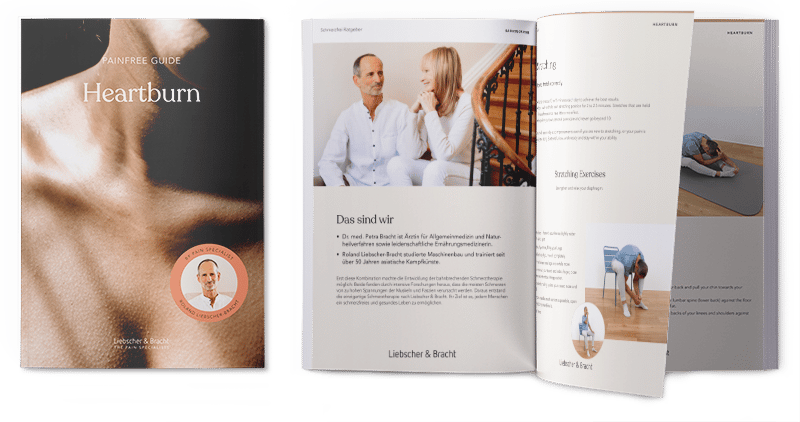
This deep-dive encyclopedia article includes everything you need to know about heartburn, the causes and symptoms, and more exercises.
Become a Heartburn ExpertAcid reflux significantly diminishes quality of life. This routine can help relax and lengthen your diaphragm to reduce acid reflux symptoms.
Try Our Acid Reflux RoutineAre you experiencing tightness in your chest and shortness of breath? Loosen those chest muscles and take deeper breaths with this easy 3-minute stretch.
Try Now